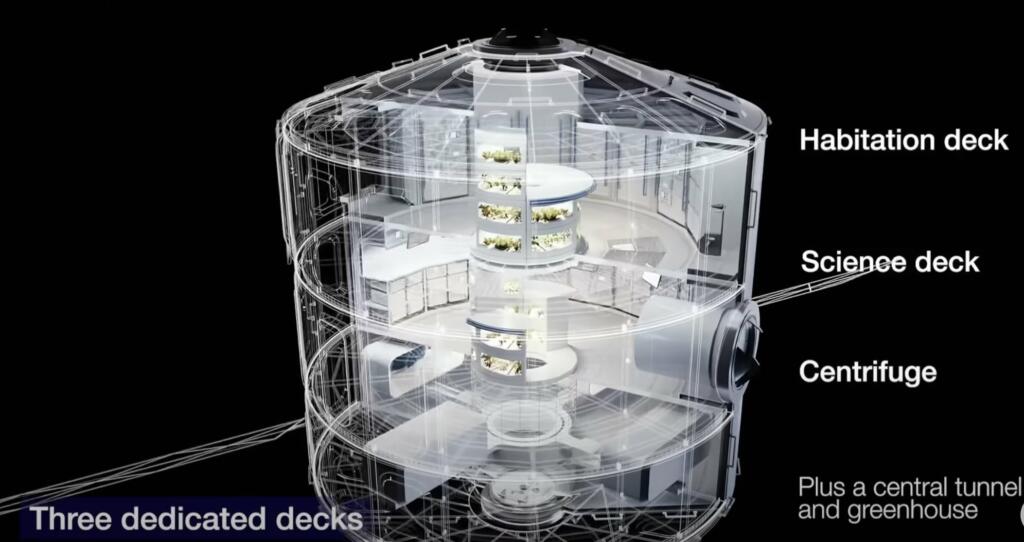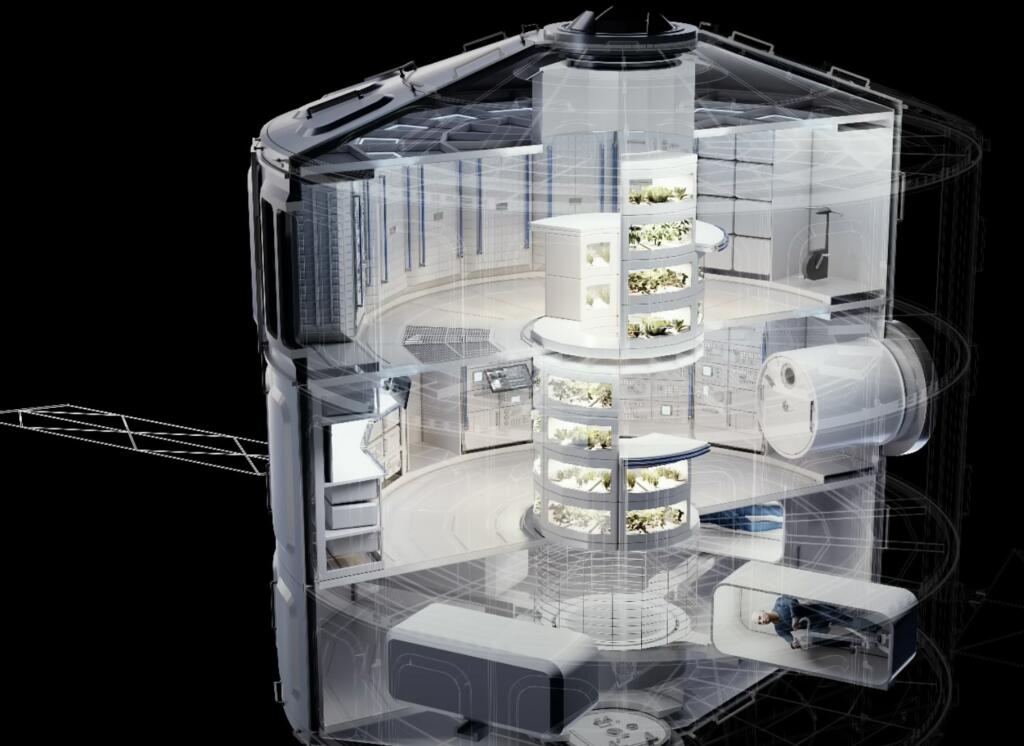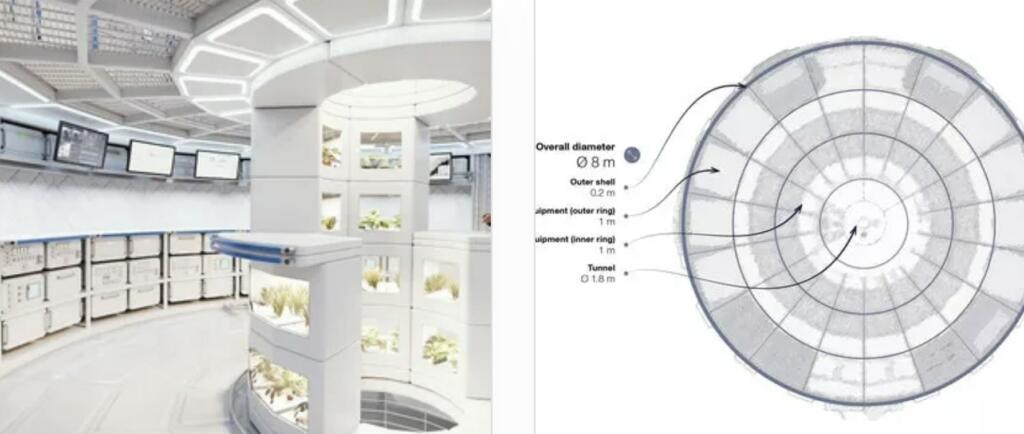Airbus and Voyager Space are working together to launch a three deck space station by 2028. It will be launched by the SpaceX Starship.
The planned space station will have three decks and the design merges Voyager Space Starlab with the Airbus Loop.
The Airbus LOOP Multi-Purpose Orbital Module is designed to be 8 meters in diameter which fits into the 9 meter diameter faring of the Starship. It would have about 150 square meters (1620 square feet) of usable are inside. The volume would be about 300 cubic meters.
Designed for Long-Term Space Missions
The Airbus LOOP is designed to make long-term stays in Space comfortable and enjoyable for its inhabitants, while supporting efficient and sustainable operations at the same time. It builds on everything that has been learnt over the decades and fully exploits the potential of tomorrow’s technologies in order to best support humanity’s future in Space: In Low-Earth or Lunar Orbit, or on long-term missions to Mars.










Brian Wang is a Futurist Thought Leader and a popular Science blogger with 1 million readers per month. His blog Nextbigfuture.com is ranked #1 Science News Blog. It covers many disruptive technology and trends including Space, Robotics, Artificial Intelligence, Medicine, Anti-aging Biotechnology, and Nanotechnology.
Known for identifying cutting edge technologies, he is currently a Co-Founder of a startup and fundraiser for high potential early-stage companies. He is the Head of Research for Allocations for deep technology investments and an Angel Investor at Space Angels.
A frequent speaker at corporations, he has been a TEDx speaker, a Singularity University speaker and guest at numerous interviews for radio and podcasts. He is open to public speaking and advising engagements.


Why doesn’t the EU just buy a starship & outfit the interior and add some solar panels? Then they get 9m diameter, and probably more useable space. Plus get the ability to do orbirtal boosts, and a whole ship emergency return? At SpaceX’s assembley line price, it would probably be cheaper too.
A pity the centrifuge isn’t a complete ring, from the illustration. It’s not something the astronauts can just live in for long duration studies, it will just give them some daily exposure to gravity.
That will tell us some, but it still falls short of an ideal setup for partial gravity testing.
Come on, planes weren’t perfect in the 1900s. It will take decades to get to this point.
Well, sure, but notice that the entire path the itty bitty centrifuge buckets pass through has to be clear. So, really, they’ve got the room for a complete revolving ring. And I really doubt they’re pushing the payload limit in terms of mass, either. (Though their brochure doesn’t specify how massive the thing is.)
I expect that to keep coming up in internal engineering discussions.
Looks like two of the buckets are rotated to give the occupants a sleeping (or laying down) volume with fake gravity, while the other two buckets are turned to provide an occupant space to be in a vertical position to ride a bike or be otherwise engaged in vertically to load the legs.